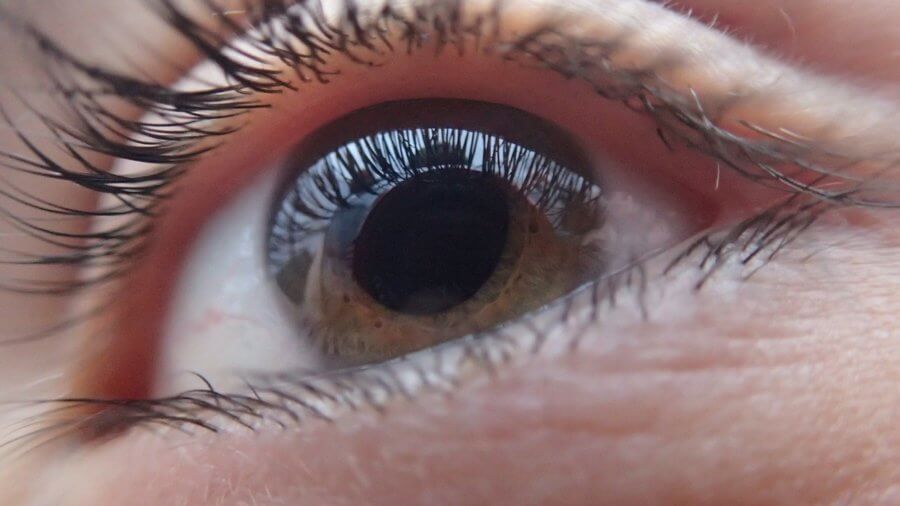Google’s DeepMind detects eye diseases with 94% accuracy
DeepMind used thousands of historic and fully anonymized eye records to analyze optical coherence tomography (OCT) scans, as well as bleeding, fluid deposits, and other issues.
DeepMind is a world leader in artificial intelligence research that brings positive impact to the world. They push boundaries in AI, bringing programs that help in solving complex problems without so much training. They work in improving the health sector especially the areas that face low progress due to lack of proper technology. The Google’s DeepMind AI detector has an accuracy of 94% according to the latest research release. The AI can detect 50 plus eye diseases with phenomenally high accuracy. This accuracy is the same as the accuracy with one of the expert practitioners.
DeepMind recommends competent training that is equally appropriate for patients. They use thousands of historical and anonymized eye records in analysing optical coherence tomography which is known as an OCT scan, bleeding, some tissues and fluid deposits.
The AI is also designed to be compatible with most models of eye scanners thus reducing limiting factors on the widespread use of hardware restrictions.
Google also partnered with Moorfields eye hospital in the UK to explore whether the machine can be used in scanning 3D eye scans that can help in earlier diagnosis and intervention of eye diseases. The software is capable of handling many patients at the same time in routine clinical practice and hasten scan analysis to over a thousand in a day. The collaboration of DeepMind, Moorfields eye hospital and University College in London involved in software training on 14,844 scans from 7,500 patients who have to threaten this diseases.
The diseases have been analysed together with the expert physician diagnoses where the patients were operated in Moorfields facilities. The AI can detect conditions such as the diabetic eye disease and also macular degeneration where it will give the best course of action for the patient and if they require urgent care.
“Our work opens up the possibility of testing the clinical applicability of this approach in other global settings and clinical pathways, such as emergency macular assessment clinics in the UK NHS, triage and assessment in community eye care centres and the monitoring of disease during treatment regimes,” the authors wrote.
If you have a sight-threatening disease, you want treatment as soon as possible and unlike in A&E, where a staff nurse will talk to you and make an evaluation of how serious your condition is, then use that evaluation to decide how quickly you are seen. When an eye scan is submitted, there isn’t a triage of your scan according to its severity.
This is a good news for patients struggling with severe eye problems thanks to the AI in the health sector. When the developers will be able to provide clinical evidence the machine will improve patient outcomes.
With this tool, patients are not in the risk any more of losing their eyesight just because the doctor can’t see the problem in time. The Google team has also assured patients that all information will be safe and secure and no one can tell whose eye was scanned apart from the specialists.
Image credit: www.pixabay.de

















